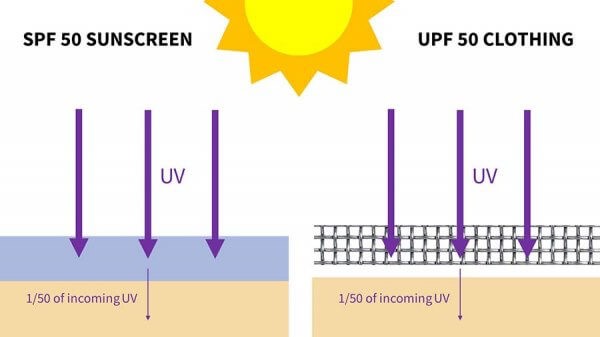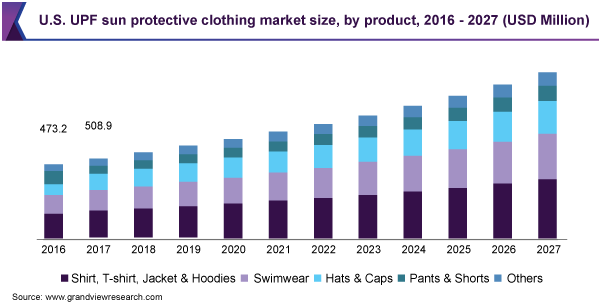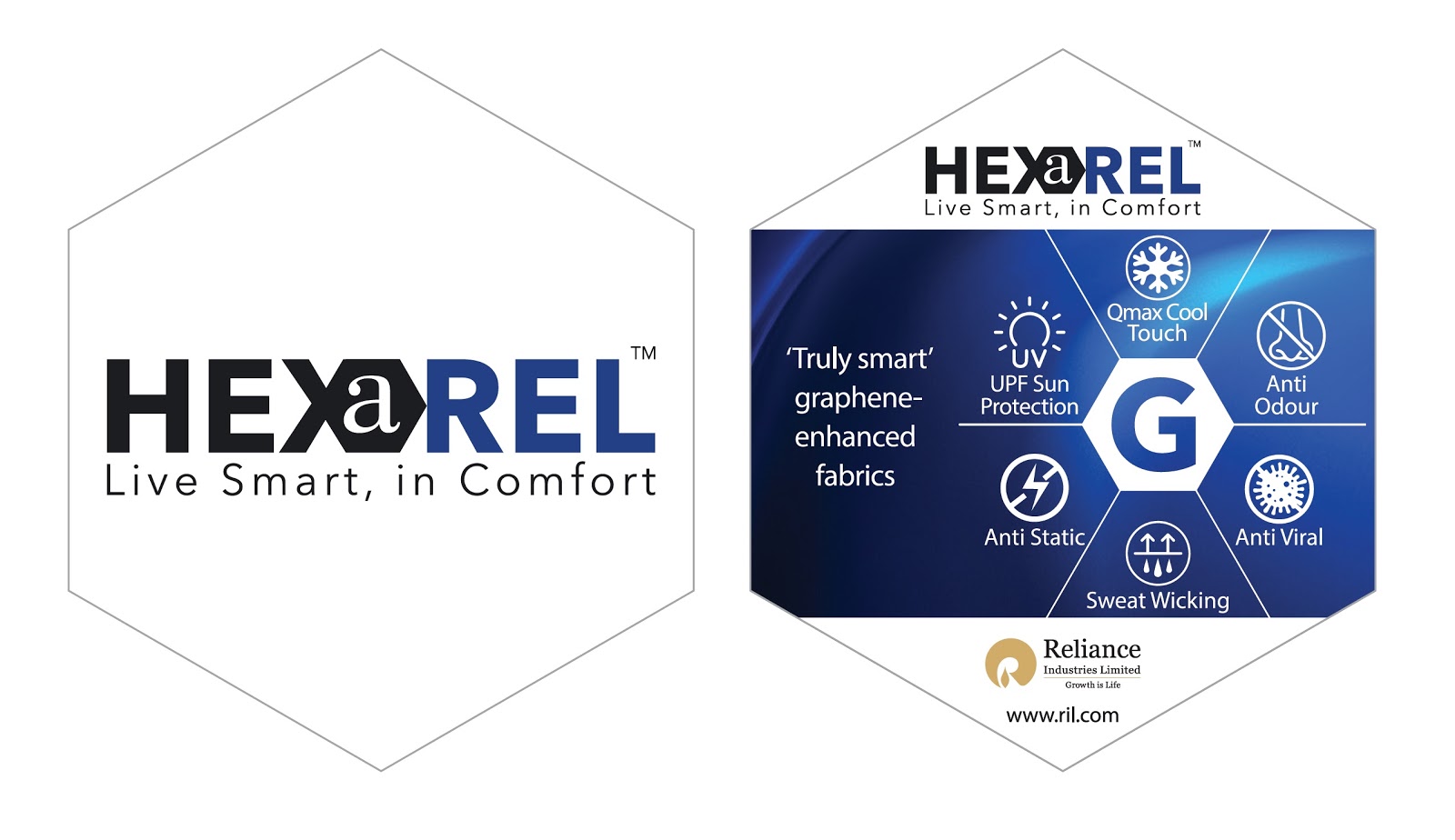
Category: TECHNICAL TEXTILES
Country: United States
Published by Positex on June 29, 2021
One of the great joys of being in the open is basking in the warm glow of the Sun. Whether it be for work or for sports, people tend to spend a considerable part of the day under the direct Sun Light. But sun rays include Ultra Violet (UV) radiation, and exposure to these rays can lead to Sunburn, Tanning, Eye damage, premature Skin Ageing and sometimes even leading to deadly Skin Cancer Melanoma.

Moderate exposure to direct sunlight contributes to the production of useful Melanin and Vitamin D by the body, but excessive exposure to ultraviolet rays has negative health effects. Considering its health benefits, activities like Sun Bathing are recommended, but the best time of the day suggested to be exposed to direct sun light is during SunRise or SunSet, when the sun is not blaring. Even though Sun Light is vital for life, it is important to make a responsible choice of the time, duration and UPF protection materials before being exposed to the Sun.
Clothes are not just about looking great but the clothes you wear also guard your skin from UV radiation. For activities like Outdoor Sports and Swimming it would be wise to opt for clothing, like sunscreen, that offers the best defense against the sun. Materials which offer UPF protection, absorb the harmful UV rays, and do not allow it to penetrate the skin.
In the past few years, clothing manufacturers have begun offering clothes using specially treated Fabrics, and keeping the garment style, fit, colour in mind to improve the sun protective factor.
The Ultraviolet Protection Factor (UPF)
Ultraviolet Protection Factor (UPF) is a standard used to measure the effectiveness of sun protection. These garments are treated with chemical UV absorbers that obstruct both ultraviolet-A (UVA) and ultraviolet-B (UVB) rays. UPF is similar to the sun protection factor (SPF) that is used on sunscreens. SPF measures only how much ultraviolet-B (UVB) is blocked and doesn’t measure UVA. An all-around protection will protect against both UVB and UVA rays.
UPF Ratings
UPF standard can measure both UVB and UVA. A UPF of 50 means it will block out 1/50th or 98% of the UV rays, thus reducing your exposure to radiation risk significantly.
The table below illustrates the different UPF protection ranges and the percentage of UV blocked.
| Protection Category | UPF Range | UPF Values Allowed on Labels | Approximate % UV Blocked |
| Good UV Protection | 15 – 24 | 15 and 20 | 93.3% – 95.8% |
| Very Good UV Protection | 25 – 39 | 25, 30 and 35 | 96.0% – 97.4% |
| Excellent UV Protection | 40 – 50+ | 40, 45, 50 and 50+ | 97.5% – 98.0% |
The higher the UPF number, the higher shall be the protection from harmful UV rays.
A fabric must have a minimum UPF of 30 to qualify for The Skin Cancer Foundation’s Seal of Recommendation.

Factors that determine sun protection in your Clothing:
When determining a clothing’s UPF effectiveness, several factors need to be considered as stated:
1. Colour – Dark coloured clothing have better UV protection properties compared to lighter shades. For example, dark colours like black, navy blue and red protect more UV rays than brighter colours like yellow, white or even pastels. But in a hot and humid environment, as the dark colour protect from UV rays, they also tend to absorb more heat and feel warm. Hence the ideal combination of Light coloured fabrics treated with UPF properties is a preferred choice.
2. Construction of the Fabric– Like colour, the fabric Density, Weight, Weave, Composition and Stretch can all affect how well it protects you from UV rays. Higher density fabrics would not allow the Sun Rays to reach the skin, hence protecting it better. One of the simple ways to check this is by seeing the fabric against light, to see the level of transparency. But with the new developments in Synthetic fabrics like Polyester and Nylon, fine fabrics which are treated with UPF substances, light weight and breathable fabrics with good UPF protection are being offered.
Polyester and wool fabrics usually provide sufficient UV protection (UPF 30+), while other fabrics, such as cotton, linen, and viscose, frequently offer poor UV protection.
3. Fit: Loose fitted garments generally offer better UPF protection, and also allow better air circulation in Summer days. Tight fit fabrics would tend to stretch and open up pores, which may allow the Sun Rays to pass on to the skin, unless treated otherwise.
4. UPF treatment: Most specialised clothing comes with a UPF rating, which is achieved by using special UV protecting chemical treatments on the fabric. Based on the effectiveness required and end use of the product, UPF rating from 30-50 can be achieved on the fabrics by UPF treatment.
UPF Clothings in use
Many clothing companies are offering UPF clothing in the form of T-shirts, Full Sleeve Tops, Woven Shirting with Air ventilation, Light Weight Packable Jackets, Swimwear, Hats, Scarfs, etc. Consumers can choose from these items based on the usage and protection desired.
There is a steady rise in the acceptance of Sun Protective Clothing, and the market size is bound to grow in the coming years.

UPF in Fabrics
Recognising the need of the customer, many textile companies are offering fabrics which have high UPF rating. It is a combination resultant of the Density, Weave, Composition, Colour and UPF chemical treatment done on the fabric.
The additional cost of UPF finish has been a deterrent in wide acceptance of this finish in the industry so far, but growing awareness and acceptance of this finish, is creating demand among the educated customers. In markets like US, Europe, Australia UPF garments have gained popularity since 1990’s and the trend is rising globally, and many brands have started offering a wide range of garments with UPF function. Especially Tropical countries having longer summers, UPF is a function that is very important.
There are many treatments offer by Textile companies, which can provide UPF either at the finish or yarn stage.
Hexarel is a Graphene (Carbon) enabled technology that has excellent UPF rating of 50+ even after 50 washes, and at the same time provides other functional benefits like Wicking, Q Max Cool, Anti-Static, Anti-Microbial, Anti-viral, etc. with a single treatment.

* Tested on POS#1884 Hexarel fabric
Other Textile Chemical companies like Resil, Jintex (Jindo corporation), Croda, Huntsman, R-Chroma, Transfer chemical, T anatex, Sarex, etc. also offer chemicals which are added at the dyeing stage to provide UPF properties. Like with all other finishes, the durability of this finish deteriorates with the number of washes. In order to provide additional protection to the wearer against the harmful effects of UV Rays, we foresee the increase in usage of UPF Clothing in the market.
————————————————————————————————————-
Positex, believes that today’s Fabrics need to be Functional as well. Especially for applications like Sportswear, Active wear and Outdoor wear, where you are trying to give your best.
Recognizing the need for sun-protective clothing, Positex offers fabrics to its customers with UPF finish as per their requirement in knitted or woven fabrics. Looking at the benefits of HexaRel, Graphene enabled fabrics, which uses a Carbon-based finish on the fabric to provide multiple benefits, we are increasing the use of this patented technology on more of our sportswear and active wear fabrics.

————————————————————————————————————-
Courtesy: Sun-Safe Clothing – UPF Finish in Fabrics – Positex Blogs
Copyrights © 2025 GLOBAL TEXTILE SOURCE. All rights reserved.